12 Times Horror Franchises Took Huge Risks With Sequels (And Regretted It)
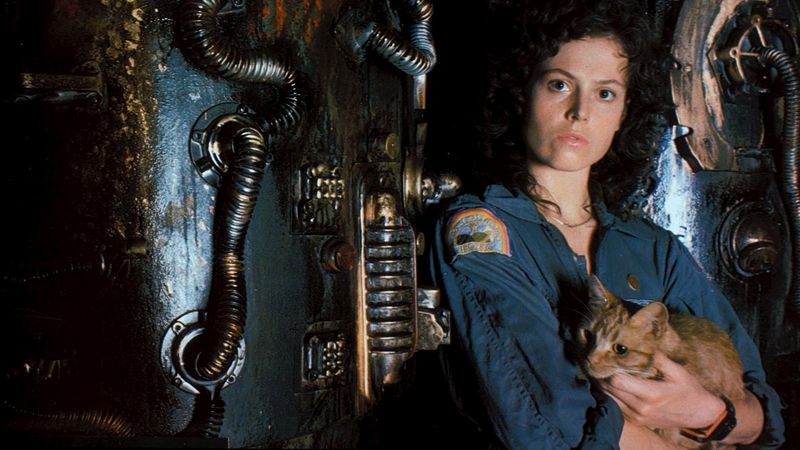
Horror fans love a good scare, but they also crave familiarity. That’s why sequels are tricky—go too safe, and it feels like a rehash. Take a big swing, and you risk alienating the very audience that made the franchise a hit. Over the years, plenty of horror follow-ups tried bold experiments, hoping to reinvent the genre or breathe new life into a tired formula. Unfortunately, not every gamble pays off. The following sequels dared to take risks—whether it was a wild new direction, a bizarre twist, or a drastic shift in style—and ended up face-planting hard.
1. The Exorcist II: The Heretic (1977)
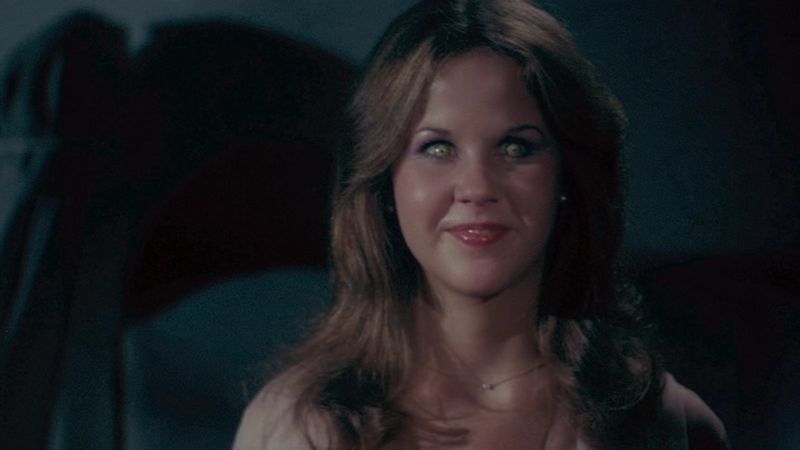
Audiences who expected another chilling battle with demonic possession got something else entirely. Instead of doubling down on what made The Exorcist terrifying, the sequel leaned into dream sequences, strange spiritual science, and psychedelic visuals.
The movie wasn’t just different—it was confusing. Viewers didn’t know whether they were watching a horror film, a fantasy, or some strange philosophical experiment. Even stars like Richard Burton couldn’t save it from becoming one of the most mocked sequels of all time.
Critics ripped it apart, and horror fans have largely agreed: when you follow up a masterpiece, the last thing you should do is strip away the fear and replace it with pseudo-intellectual nonsense.
2. Book of Shadows: Blair Witch 2 (2000)
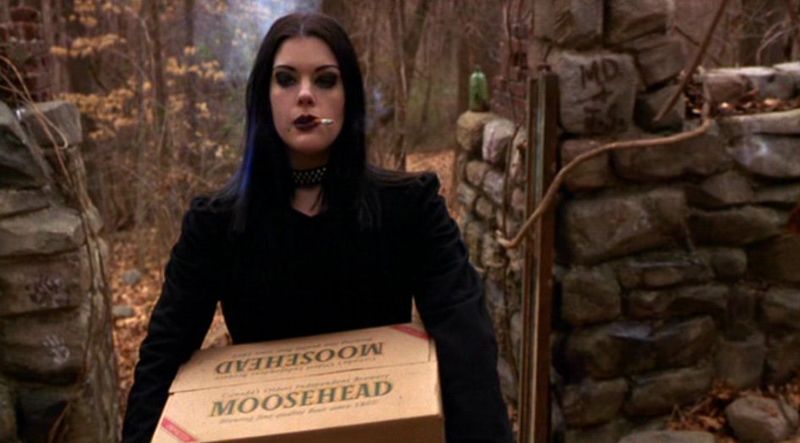
The original Blair Witch Project terrified audiences by making them believe they were watching real found-footage. Its sequel tossed that revolutionary style out the window, going instead for a traditional Hollywood narrative.
This bold change left fans disappointed. Instead of being scared, viewers were subjected to an overproduced story about obsessive fans of the original film who descend into paranoia. The meta approach might have worked if it had been cleverer, but it came across as heavy-handed and awkward.
By abandoning the stripped-down realism that made the first movie iconic, Book of Shadows proved that trying to outsmart the audience can backfire spectacularly.
3. Halloween III: Season of the Witch (1982)

No Michael Myers. No Laurie Strode. No masked slasher stalking the suburbs. Instead, this entry attempted to transform the Halloween brand into an anthology series, each film telling a completely different horror tale.
In theory, it was a gutsy idea. In practice, audiences who walked into theaters expecting their favorite knife-wielding killer felt duped. The story about a sinister company making deadly Halloween masks might have been an okay standalone film, but it never stood a chance under the franchise name.
Today, some fans have learned to appreciate its weird originality. But back then? Season of the Witch was slammed for taking one of horror’s biggest icons completely out of the picture.
4. Jaws: The Revenge (1987)
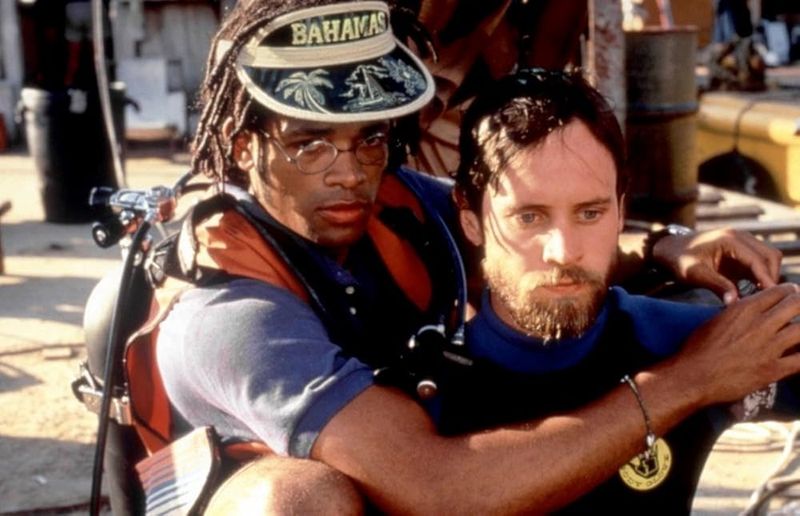
The first Jaws gave us nightmares about swimming in the ocean. By the time the fourth installment came around, the shark was practically a cartoon villain.
This movie went all-in on a bizarre concept: the shark had a personal vendetta against the Brody family and followed them all the way to the Bahamas. That leap into supernatural absurdity was too much for audiences to swallow.
Add to that some terrible effects and Michael Caine admitting he only took the role for the paycheck, and you’ve got a disaster. The risk of turning the shark into a slasher-style monster didn’t just fail—it sank the franchise to the depths of unintentional comedy.
5. Texas Chainsaw Massacre: The Next Generation (1995)
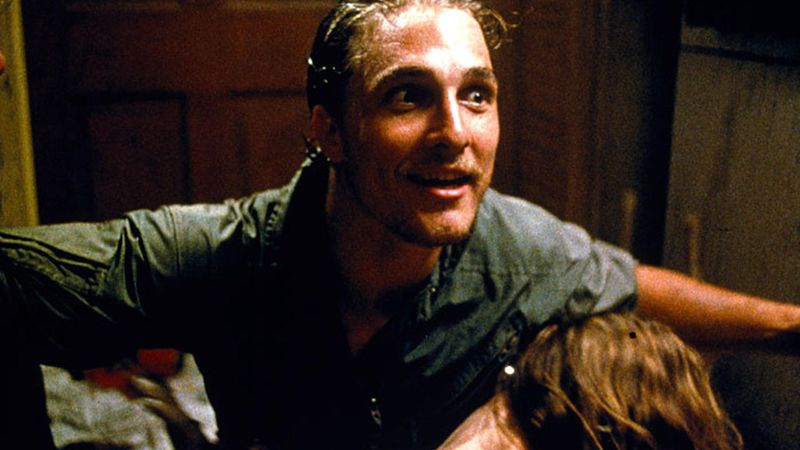
Leatherface is terrifying enough on his own, but this sequel decided to add government conspiracies, mind control, and cyborg-style implants into the mix.
What could have been a gritty return to horror roots turned into one of the strangest, most baffling entries in horror history. Even a young Matthew McConaughey and Renée Zellweger couldn’t save the film from its over-the-top tone.
The risks taken with absurd plot twists and tonal chaos made it feel like satire rather than horror. Instead of breathing new life into the franchise, The Next Generation became infamous for its oddball approach, leaving fans wondering why anyone thought The X-Files belonged in a slasher flick.
6. A Nightmare on Elm Street 2: Freddy’s Revenge (1985)
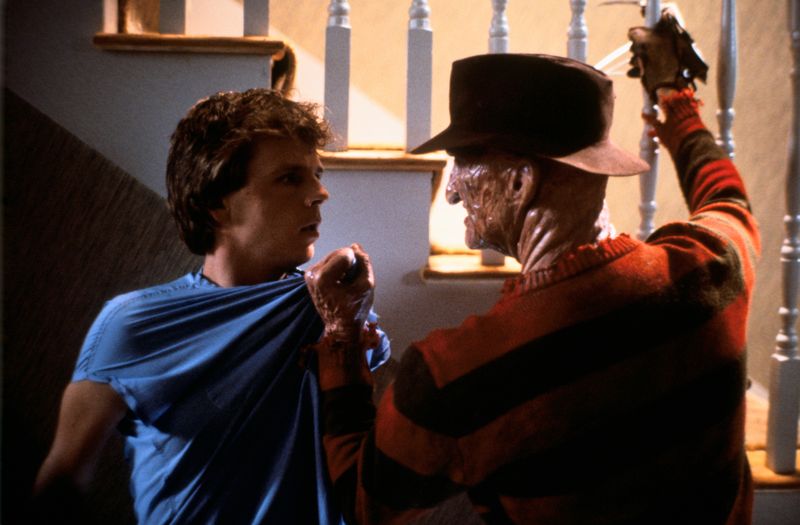
Following up the surreal terror of Wes Craven’s original, this sequel shifted gears in ways no one saw coming. Freddy Krueger wasn’t confined to dreams anymore—he tried to possess a teenage boy in the real world.
That twist stripped away the nightmarish quality that defined the first film. Instead, it leaned into themes of identity, repression, and fear of transformation, which at the time went over most audiences’ heads. Many fans were just confused about what Freddy’s rules even were anymore.
Although later re-evaluated as a cult classic with fascinating subtext, upon release Freddy’s Revenge felt like an unnecessary experiment that robbed Freddy of his unique menace.
7. Friday the 13th: A New Beginning (1985)
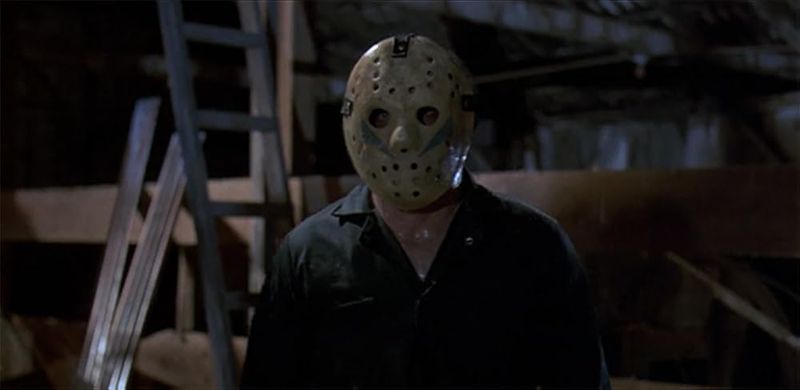
Jason Voorhees had been killed off, and rather than bringing him back, the filmmakers tried to introduce a copycat killer wearing the hockey mask.
The idea might have worked in another series, but Jason was the brand. Fans didn’t want a mystery killer—they wanted their unstoppable, machete-wielding slasher. When the big reveal showed it wasn’t Jason, audiences were furious.
Instead of feeling fresh, the twist felt like a betrayal. The backlash was so strong that the studio quickly resurrected Jason in the very next installment. A New Beginning remains a cautionary tale about what happens when you mess with horror’s most iconic villains.
8. Saw V (2008)
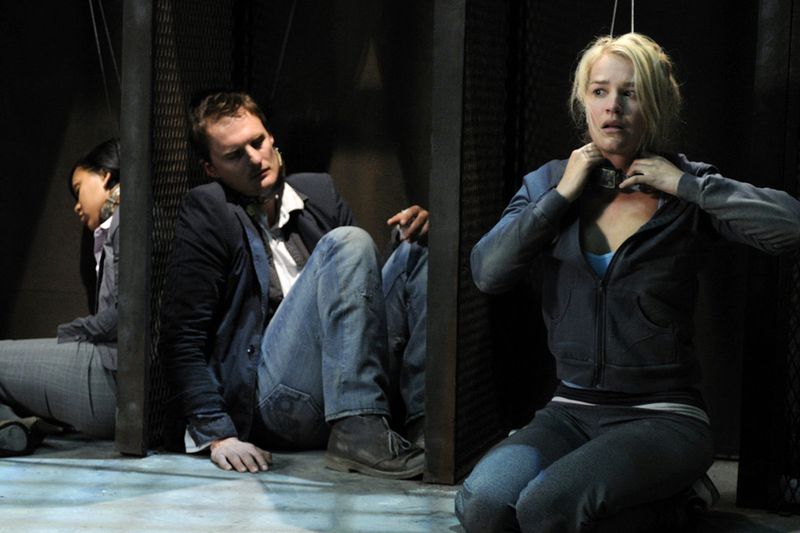
By the time Saw V rolled around, the franchise had already started to show cracks. This entry doubled down on the increasingly complex mythology, juggling multiple timelines and apprenticeships under Jigsaw.
The problem? The story became so convoluted that it stopped being scary and started feeling like homework. Audiences didn’t want flowcharts—they wanted suspenseful traps and sharp storytelling.
While the franchise was known for its intricate twists, this sequel pushed things past the point of coherence. In trying to deepen the lore, it buried the tension, proving that sometimes simpler is scarier.
9. The Ring Two (2005)
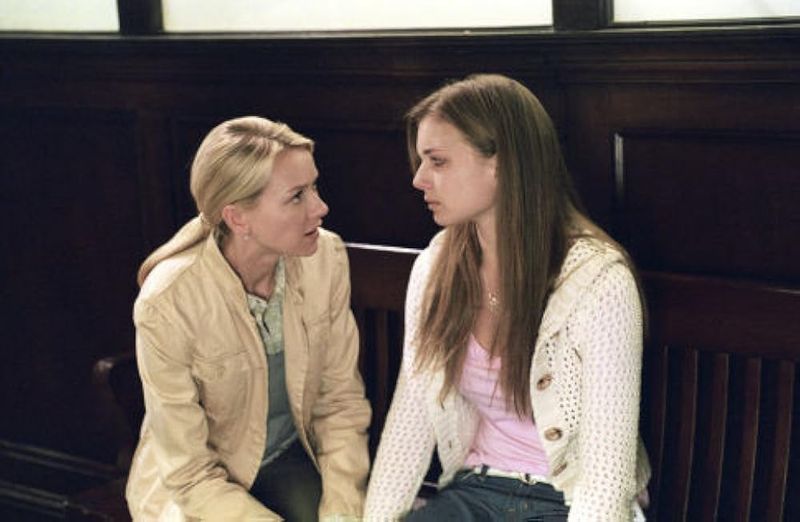
The original Ring was all about atmosphere—grainy video, creeping dread, and the slow realization of doom. The sequel took a different path, leaning heavily on CGI effects and surreal visuals.
Rather than unsettling audiences, the over-the-top imagery felt goofy. A scene involving deer attacking Naomi Watts’ car became more laughable than terrifying. Instead of delivering a chilling follow-up, the film diluted the mystery and menace that made the first so powerful.
In trying to “go bigger,” The Ring Two ended up feeling hollow, a reminder that subtlety can be far scarier than digital spectacle.
10. Alien: Resurrection (1997)
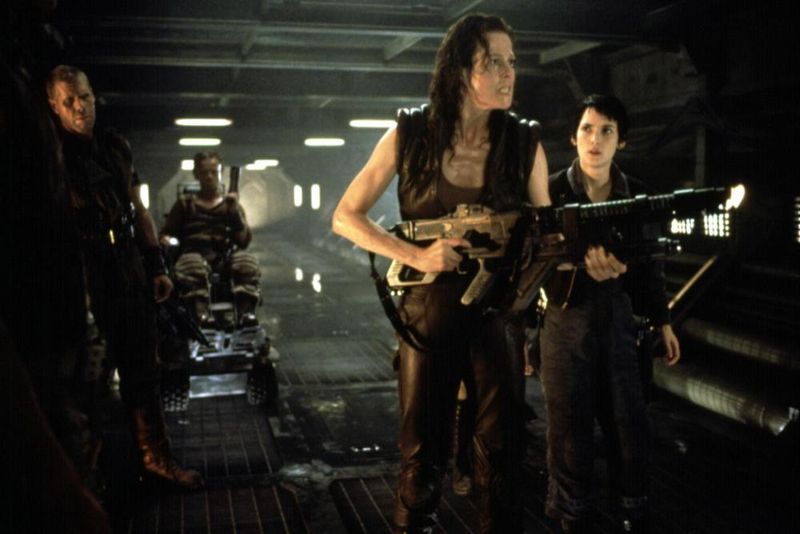
Bringing Ripley back through cloning should have been exciting, but the execution turned out bizarre. This sequel combined grotesque creature hybrids with odd tonal shifts between horror and dark comedy.
The result was a movie that felt tonally confused. On one hand, it tried to honor the legacy of Alien with body horror. On the other, it threw in quirky dialogue and exaggerated performances that undercut the tension. Fans were left wondering what exactly they were supposed to feel.
While some admire its weirdness today, at the time Alien: Resurrection was proof that not every experiment belongs in a beloved franchise.
11. Poltergeist III (1988)
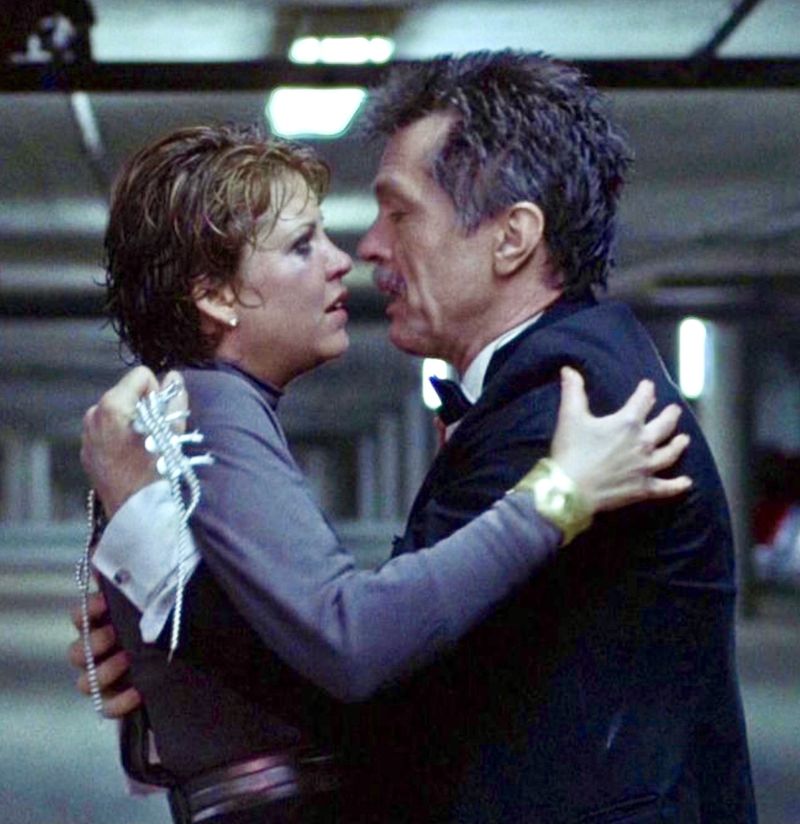
Trading in a suburban haunted house for a high-rise apartment building, this sequel thought it could reinvent the formula. Instead of ghosts lurking in closets, the scares came from mirrors and skyscraper settings.
Unfortunately, the concept felt gimmicky. The cold, urban environment lacked the warmth that made the original haunting so chilling. Add to that awkward performances and an unfinished feel due to actress Heather O’Rourke’s tragic death, and the film never clicked with audiences.
Though ambitious in trying to evolve the story, Poltergeist III only proved that bigger and shinier doesn’t always mean scarier.
12. The Howling II: Your Sister Is a Werewolf (1985)
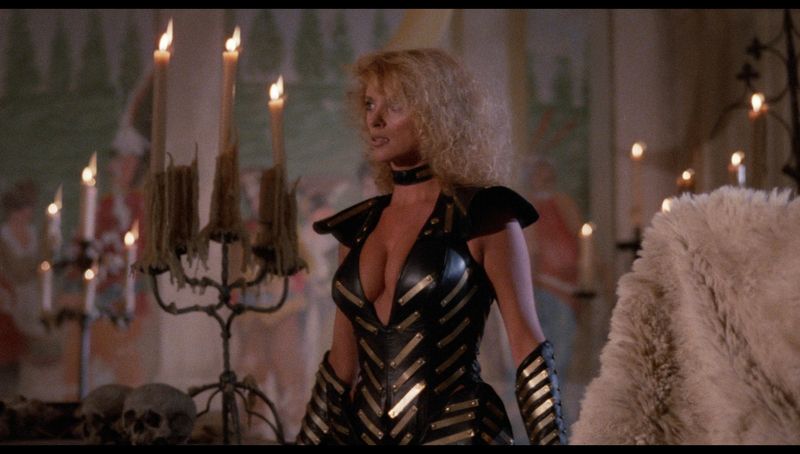
Few horror sequels have gone off the rails as fast as this one. Instead of building on the moody, eerie atmosphere of The Howling, the follow-up leaned into camp and absurdity.
With bizarre costumes, cheesy music, and over-the-top performances (including Christopher Lee looking embarrassed to be there), the film felt more like a parody than a continuation of a horror classic. Fans who wanted creepy werewolves got glittery nonsense instead.
The risk of mixing gothic horror with unintentional comedy didn’t pay off. Instead, it turned The Howling II into one of those sequels best remembered for how spectacularly it failed.

Comments
Loading…